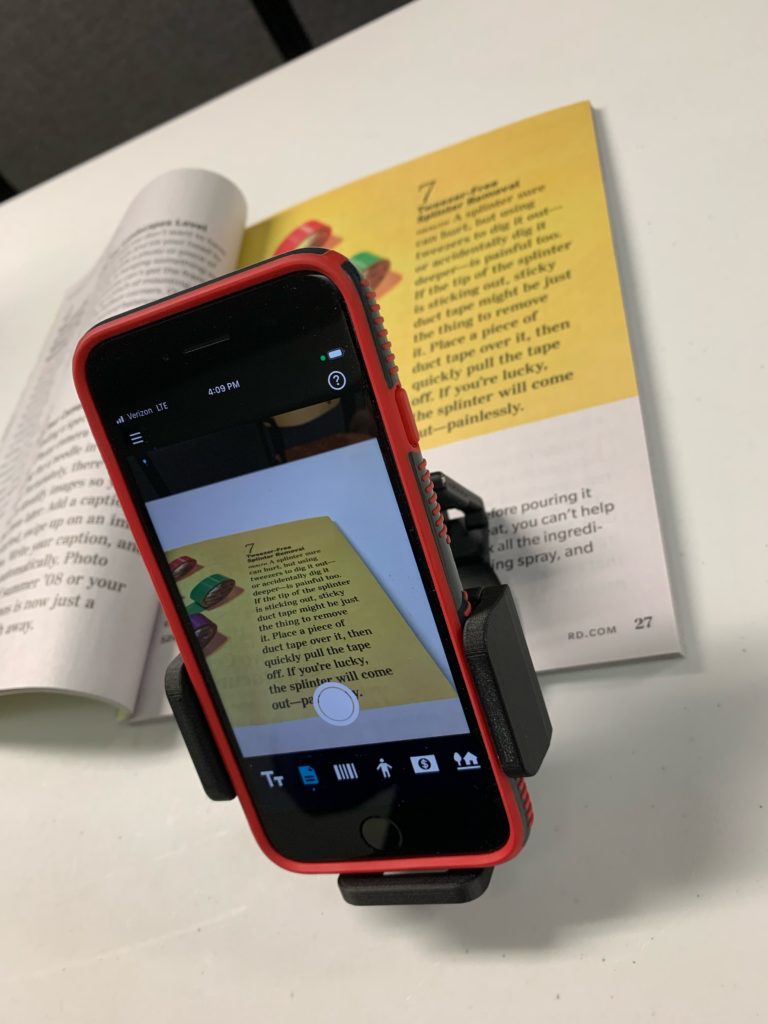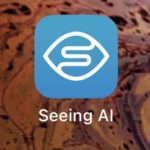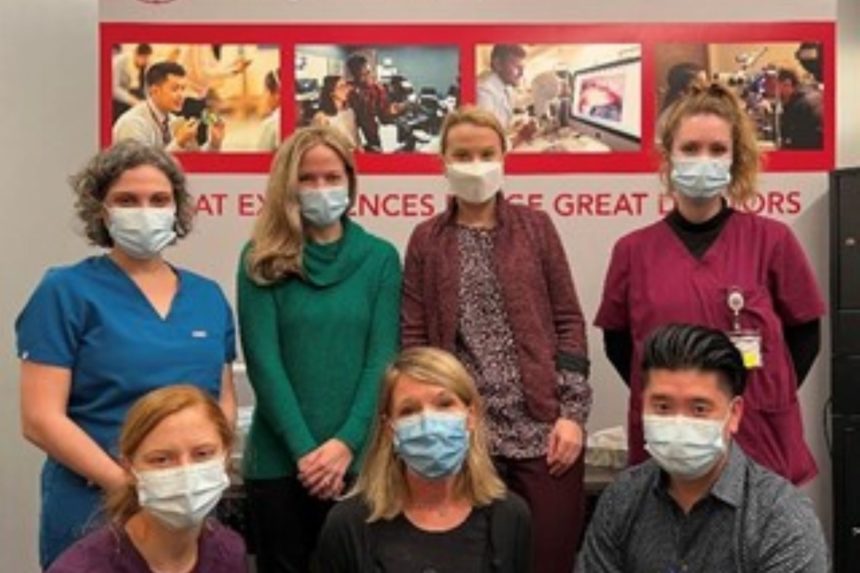
NECO Researches the Advancement in Assistive Technology

The Low Vision Lab at NECO leads a research study that focuses on the accessibility of visual assistive applications for people living with low vision and other vision impairments.
For many individuals living with low vision, everyday tasks become a challenge when interacting with an inaccessible world. Tasks like navigating an outdated public transit system or identifying text on a menu may present issues that people without a vision impairment would not consider.
NECO’s Low Vision Lab is directed by Dr. Nicole Ross and is currently facilitating a number of cutting-edge clinical research projects. One project of distinction is the Community Access through Remote Eyesight (CARE) study. The team is collaborating with the Stein Eye Institute at UCLA on a clinical trial that is also funded by the National Institute on Disability, Independent Living and Rehabilitation Research (NIDILRR).

NECO student Meghan Knizak with CARE study participant
The CARE study examines how new and advanced mobile technology has helped to foster a network of assistive mobile applications that support everyday tasks for individuals living with low vision. There are currently more than 65 applications on the market for smartphone users, many of which are low to no cost. The Low Vision Lab describes the rise in supportive technology and how users interact with them in their recent publication, Why are Visual Assistive Mobile Apps Underutilized by Low Vision Patients? (Optometry and Vision Science, 2022).
Upon enrolling in the CARE study, participants are randomly assigned a smartphone with one of three visual assistive mobile apps (Aira, Seeing AI, or SuperVision+) for six months. The first phase is followed by an optional three-month period to use all three assistive apps. There are three questionnaire sessions during the six-month-study phase to discuss mental and overall health, difficulty with daily tasks, self-efficacy, and perceived loneliness.

One of the smartphones provided to participants during the study
Moving through the study, the team will explore just how useful these supportive applications can be. They hope to identify which apps are most accessible and how users, especially seniors, can engage with them for the best results in daily visual tasks. By working closely with users, they will determine any barriers to visual assistance that would prevent individuals from experiencing a positive outcome.
“Smartphone technology has the potential to be a key tool to help people with low vision impairment maintain their independence using built-in accessibility features and by using mobile applications which can provide visual assistance,” the team shares in their latest publication.
The team characterizes each of the selected applications by the benefit that users may experience when using them. Applications like Aira and Supervision+ are services that connect to the user’s mobile device through magnification capabilities, contrast enhancement, and speech output. This advancement in technology has helped to foster a new era in supportive devices. For many with vision impairment, relying on a device that is already integrated into daily life can significantly improve not only how they interact with the world, but how the world interacts with them.
About the Apps
 Aira is a live, human-to-human professional assistance service. Using the camera on the participant’s smartphone, a trained agent assists by visually interpreting the surroundings. The service is available 24/7 and offers subscriptions at different levels, from 30 minutes per month to 700 minutes per month.
Aira is a live, human-to-human professional assistance service. Using the camera on the participant’s smartphone, a trained agent assists by visually interpreting the surroundings. The service is available 24/7 and offers subscriptions at different levels, from 30 minutes per month to 700 minutes per month.
 Seeing AI is a free app which narrates the world for the visually impaired or blind individual. It was developed by Microsoft for iOS and uses optical character recognition to read aloud any typed or handwritten texts. It also uses the device’s camera to identify people and objects to then audibly describe those objects.
Seeing AI is a free app which narrates the world for the visually impaired or blind individual. It was developed by Microsoft for iOS and uses optical character recognition to read aloud any typed or handwritten texts. It also uses the device’s camera to identify people and objects to then audibly describe those objects.
 Supervision+ was developed at Mass Eye and Ear Infirmary and is the only magnifier app on the market that offers a supreme live image stabilization capability. It also provides features such as freezing of images at high resolutions for examining details and options to change the contrast from black on white to white on black.
Supervision+ was developed at Mass Eye and Ear Infirmary and is the only magnifier app on the market that offers a supreme live image stabilization capability. It also provides features such as freezing of images at high resolutions for examining details and options to change the contrast from black on white to white on black.
Join the Study
The CARE study is recruiting participants through January of 2023. Please contact Dr. Ross or Cecilia Idman-Rait, the study coordinator, if you know anyone who would be interested in participating. To join the study, the individual must be 55 years of age or older, have corrected visual acuity between 20/40 to 20/800 (or less than 20 degrees field vision) in the better eye and be naïve to the study apps.
Read More Research News



